A nod to Ireland’s whiskey masters: Tradition, craftsmanship and legend
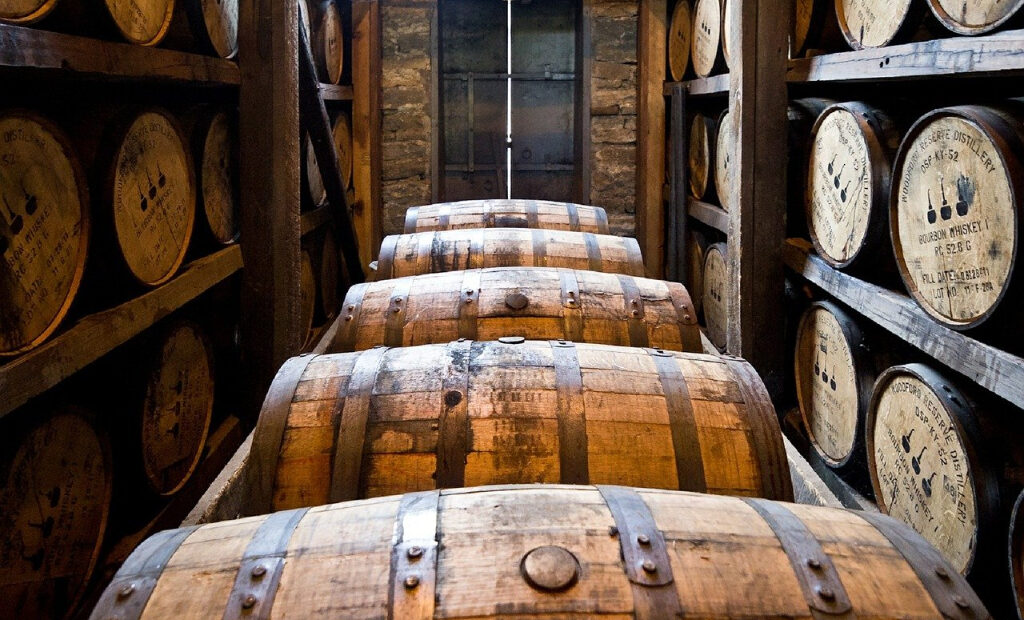
Uisce Beatha – meaning “water of life”, later anglicised to “Irish Whiskey” – has an ancient and gruelling history which lends itself to the cultural heritage of Ireland and the whiskey masters of its past, present and future.
The Irish whiskey industry withstood negotiations of the First World War, the Easter Rising, the Irish War of Independence, prohibition in America, the Irish Civil War, the Anglo-English Trade War and the Great Depression of the 1930s. Along the way, the perils and victories of Ireland were embedded in its folklore, told and retold with Whiskey in hand.
Through singing, music, folk tales and story sharing, whiskey had come to be symbolic of Ireland’s history, in both its tangible and intangible forms. In fact, it’s transcended a mere convivial pastime to become a ritualistic alternative to real-life – described by many as a “thirst for a return to the embrace of the Almighty”.
Early Catholic traditions of Lent required abstinence from meat but the people of Ireland still cheered “Good luck and long life to the Council of Trent. For it took away meat but left us the drink”. Contemporary Irish drinking patterns of whiskey, in particular, is in part connected to Ireland’s bloody history where alcohol often meant the difference between death and survival. This propensity has been passed down the Irish cultural DNA as an unspoken dispensation for many Irish Catholics to regard drinking as a justifiable consolation for 400 years of extreme poverty and persecution under colonial rule suffered by their forebearers – which they themselves never endured.
In other words, the very act of drinking whiskey is in direct commemoration of Ireland’s departed.
Irish whiskey masters craftsmanship 700 AD – 21st century
In 700 AD Irish monks modified the ancient Greek technique of distilling perfumes to achieve a drinkable distillate spirit: Uisce Beatha. By 1405 the first confirmed written record of whiskey was mentioned in the Irish Annals of Clonmacnoise. Fast-forward a hundred years, Irish whiskey masters were beginning to attract the likes of Queen Elizabeth I, who by 1541 had stocks of their brown spirits delivered to her court.
The fate of Irish distillation changed when in 1608 James I, issued the first licence to an Irish distillery in Antrim. Despite the Irish having been making whiskey there for several hundred years, the licence served notice to the world that Irish whiskey was now a legal member of world commerce. On Christmas Day in 1661, the British imposed a tax on Irish Whiskey, subsequently reducing legal whiskey trade.
The Malt Tax of the 18th century has been credited with giving birth to the most quintessentially Irish styles of whiskey – single pot still, finely crafted using both malted and un-malted barley. Single pot still whiskey emerged as a means of avoiding the tax on the use of malted barley. Its popularity ensued until the rise of the blends in the early 20th century. The emergence of cheaper, milder blended whiskey in the 20th century were later met with the resurgence of fine single pot whiskeys in recent years. A good example of this is The Devil’s Keep range, a triple oaked uniquely luxurious single malt that goes for €10,000 per set.
Despite the number of legal distilleries falling, Irish whiskey withstood the Great Famine of the 1800s and mass emigration thanks to its consistency and high quality. The 1920 prohibition period was the next blow to the industry. The unwillingness of most distillers in Ireland to export their whiskey illegally to America closed this market and finally gave Scotch its leg up. This foothold would be cemented after the Second World War when American troops returned home with a taste for blended Scotch whiskey.
Between the 1930s – 1960s, the number of Irish distilleries fell to just 5 before they merged to form Irish Distillers Ltd in 1966 in order to survive. Their consolidated effort to survive meant that Irish whiskey had left Dublin but the single pot whiskey remained central to the newly-formed Irish Distillers’ mission.
As Scotch became the ever-more preferred brown spirit in the Western Hemisphere, the 2 remaining Irish distilleries – both owned by Jameson – needed something delicious, unique and quintessentially Irish to reclaim their Celtic crown of the spirits. A triple-distilled whiskey made from single pot and grain whiskeys – was different from Scotch blends and since the wood policy Irish Distillers were beginning to adopt, they were the first to scrutinise their casks and seek out the best quality.
The resurgence of Irish whiskey was fortified when the monopoly was broken in 1987. John Teeling bought Ceimici Teo, a potato alcohol producer, and converted it into a whiskey distillery named Cooley. This was the same year that Irish Distillers was purchased by Pernod Ricard and into the 2000s Diago would go on to purchase Bushmills. Both international spirit groups would use their resources to promote Irish whiskey.
The extraordinary growth of market share was to follow and the quality of Irish whiskey has remained at the heart of production. The Irish Whiskey Society released a forecast of Irish whiskey sales from 6.7 million cases in 2014 to 12 million by 2020. The latter figure was produced in the early 20th century – when Irish whiskey was the world’s most prestigious and favoured brown spirit.
Legend has it…
The Clurichaun, a mischievous fairy in Irish folklore, known for his great love of whiskey and tendency to haunt breweries, distilleries and cellars is a kind buttery spirit who takes special care of the family to whom he has attached himself. He endeavours to protect their property and the lives of those within it. Cousin of the better-known leprechaun, the Clurichaun is more likely to be at the end of the rainbow – not with a pot of gold but a tankard of whiskey.
If the sharing of such stories through generations wasn’t enough to instil the importance of whiskey into the Irishman, their music never lets them forget. The Irish song An Bonnán Buí, written by Cathal Buí Mac Giolla Gunna, tells the story of a dead bittern, unable to drink from a frozen lake. Translated verses in 1916 read:
“The yellow bittern that never broke out. In a drinking, ‘bout might as well have drunk. His bones are thrown on a naked stone. Where he lived alone like a hermit monk. O yellow bittern, I pity your lot. Though they say that a sot like myself is curst. I was sober a while, but I’ll drink and be wise. For fear, I should die in the end of thirst.”
To “drink and be wise” is the underlying sentiment deeply embedded in the cultural history of Ireland. Perhaps it’s wise to only drink Ireland’s finest, therefore. And could this be why Ireland’s whiskey masters have committed to distilling the finest quality, definitively Irish whiskey? For the prosperity of the Irish in the past, present and future, all over the world and for everybody to enjoy.
The editorial unit








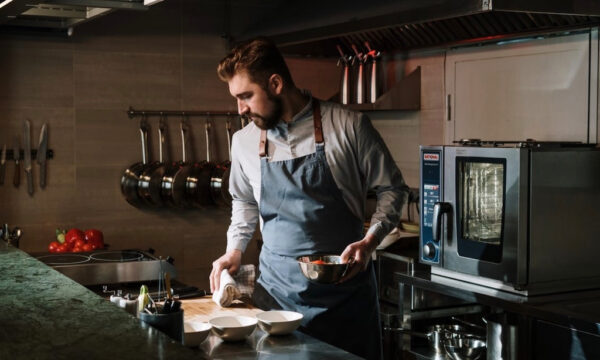
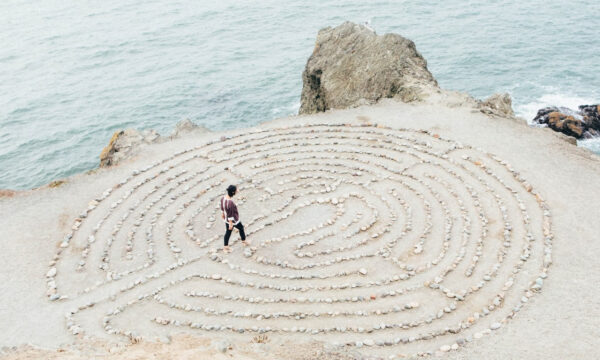

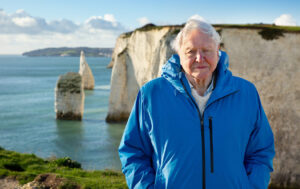
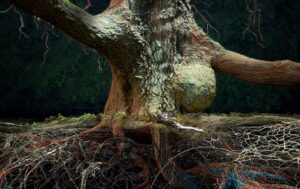
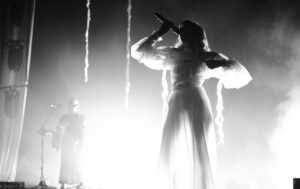

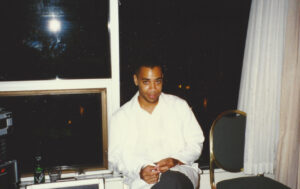
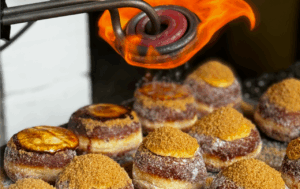
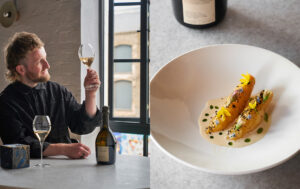

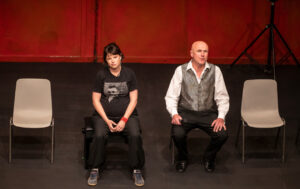





Facebook
Twitter
Instagram
YouTube
RSS